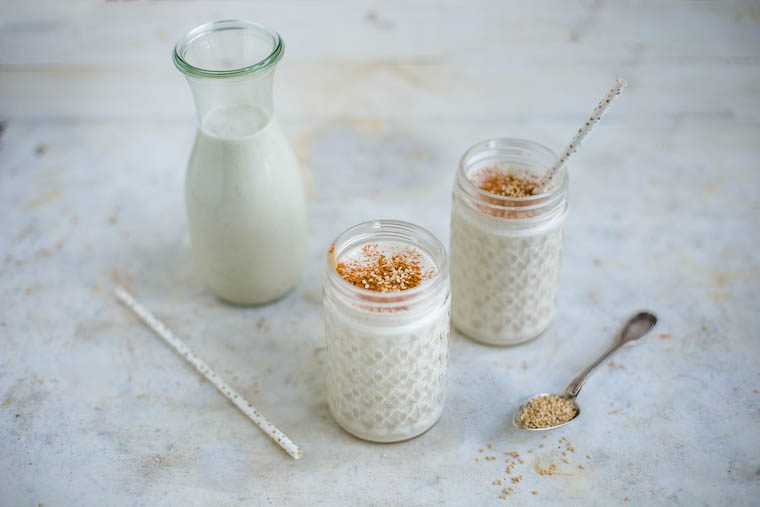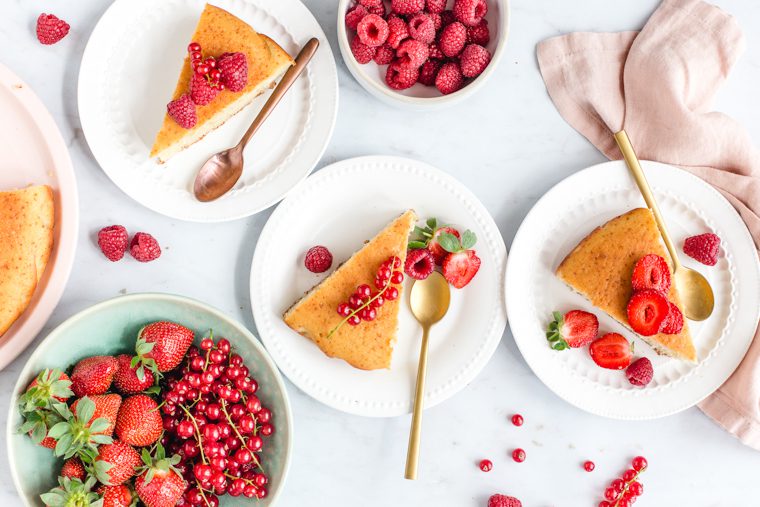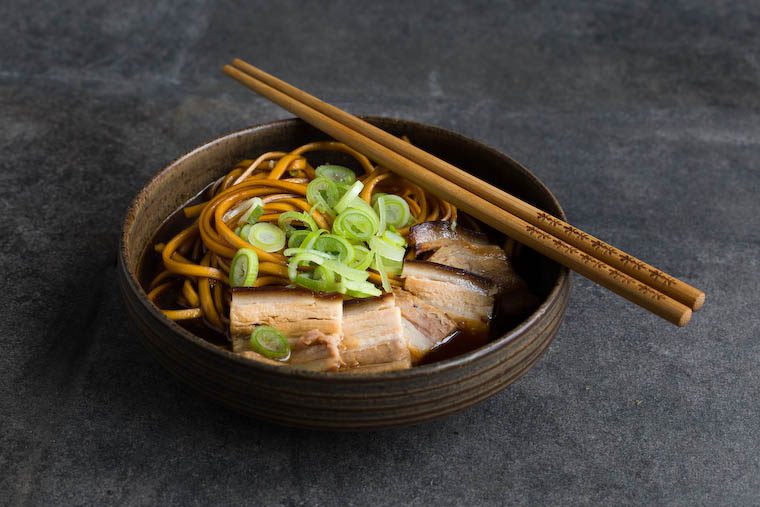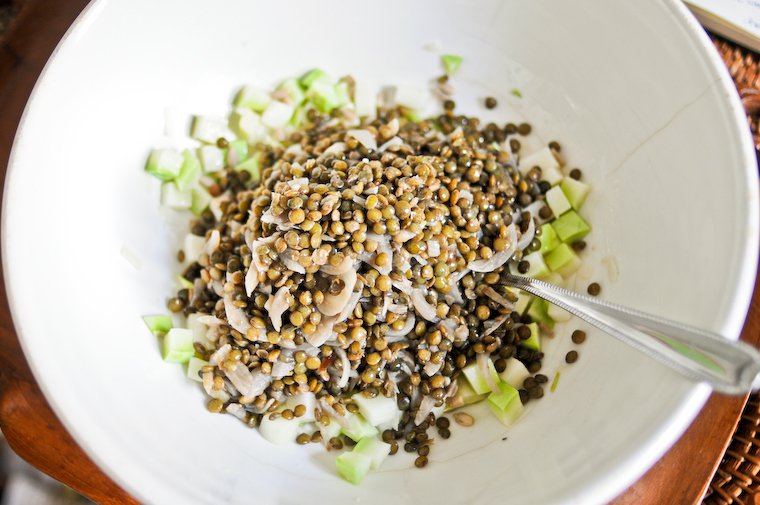This is the salad I made for lunch the day I moved out of my apartment and into my next-door neighbor’s.
It’s not what you think. Maxence and I have decided that our kitchen and living room — which are, in fact, in the same room — needed a facelift, and after months of imagining, planning, and gathering our strength, it looks like it is finally happening.
It’s anybody’s guess how long it’s all going to take — you know how it is — but at this point we have just come out of the phase that consisted in us boxing up our stuff and cramming it in our bedroom, so the workers could come in on Monday and start ripping things out.
If you don’t know about kohlrabi, you’re in for a crunchy treat.
Fortunately, for the past few years, Maxence and I have been on a steady pruning streak, donating, selling, or recycling those things we didn’t need or love to make more room for those we do, and to enjoy the blissful feeling you get when you look at your living space and there is, indeed, space. (Still, for all that pruning, the number of boxes I ended up needing to pack up my kitchen is classified information.)
Just as fortunately, for the past few weeks, I’d been cooking my way through my food supplies in order to minimize the number of jars and half-eaten packages to be put into boxes, and to avoid having to toss anything from the fridge or freezer. This is something I should really try to do every spring, renovation or no: we had ourselves a few really nice hodgepodge meals during the last few days, involving chicken stock, the last porcini from our foraging expedition last fall, and some potato gnocchi as well.
Continue reading »








